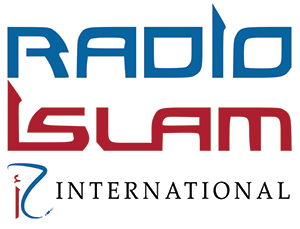Introduction
If someone (Muslim) were to ask you just on the spur of the moment, “What`s the date today?” what would be your immediate response? Your mind will spontaneously race through the calendar, you will immediately remember that August has just begun and coolly, you will reply, “It’s the second of August!” Your answer is one hundred percent correct, but the question we need to ask ourselves is, ‘Why didn’t my mind race to the Islamic calendar?’ Now we will have many answers and excuses for this, but isn’t it time that we started giving some importance to the Islamic calendar, rather than only following it just for Ramadaan and the two Eid days?
The Islamic Calendar
The Holy Quraan makes it clear that Allah always intended the calendar to be 12 months in length. Since both solar and lunar calendars are in place, Allah tells us He has created both the sun and moon as calculation devices. Using the lunar calendar to determine the time of Hajj,
يَسْـَٔلُونَكَ عَنِ ٱلْأَهِلَّةِ ۖ قُلْ هِىَ مَوَٰقِيتُ لِلنَّاسِ وَٱلْحَجِّ
They question you about the new moon. Tell them: it is to determine the periods of time for the benefit of mankind and for the Hajj (pilgrimage). [Al Baqarah: 189]
and Ramadaan is equitable, since it allows people from both hemispheres a balance in terms of time of the year and length of the day. If Hajj always fell during “harvest season” (for example), farmers would have a hard time observing it.
The Islamic (Hijri) calendar is the standard measure of time in the Qur’an and Sunnah, and plays an integral role in the lives of Muslims. It is used for annual ritual worship such as paying the alms (Zakaah), fasting during the month of Ramadan, and performing the pilgrimage (Hajj). While the Islamic calendar is actively used for religious purposes, its role as one of the cornerstones of Islamic identity has waned over time to the point that many Muslims are unaware of the current month, day, and year under the Hijri system of dating.
Recently, the Crown Prince of Saudi Arabia, Muhammad bin Salman, chose to call his transformation plan for the country Vision 2030 rather than Vision 1451 (the corresponding Islamic year), which was surprising given the Kingdom’s long history of adhering to the Islamic calendar for both civil and religious matters. The Kingdom has used the Islamic calendar ever since the country was founded in 1932, but as part of Vision 2030 switched to the Gregorian calendar for determining the pay schedules of public sector employees in 2016, effectively increasing the workload by eleven days per year. Other countries have followed suit and have begun to relegate the Islamic calendar to religious matters, detaching it from civil life. How did the land where the Islamic calendar was first established and remained in use for more than fourteen centuries come to such a decision? Why have so many Muslims become unaware of the months and years of the Islamic calendar?





0 Comments